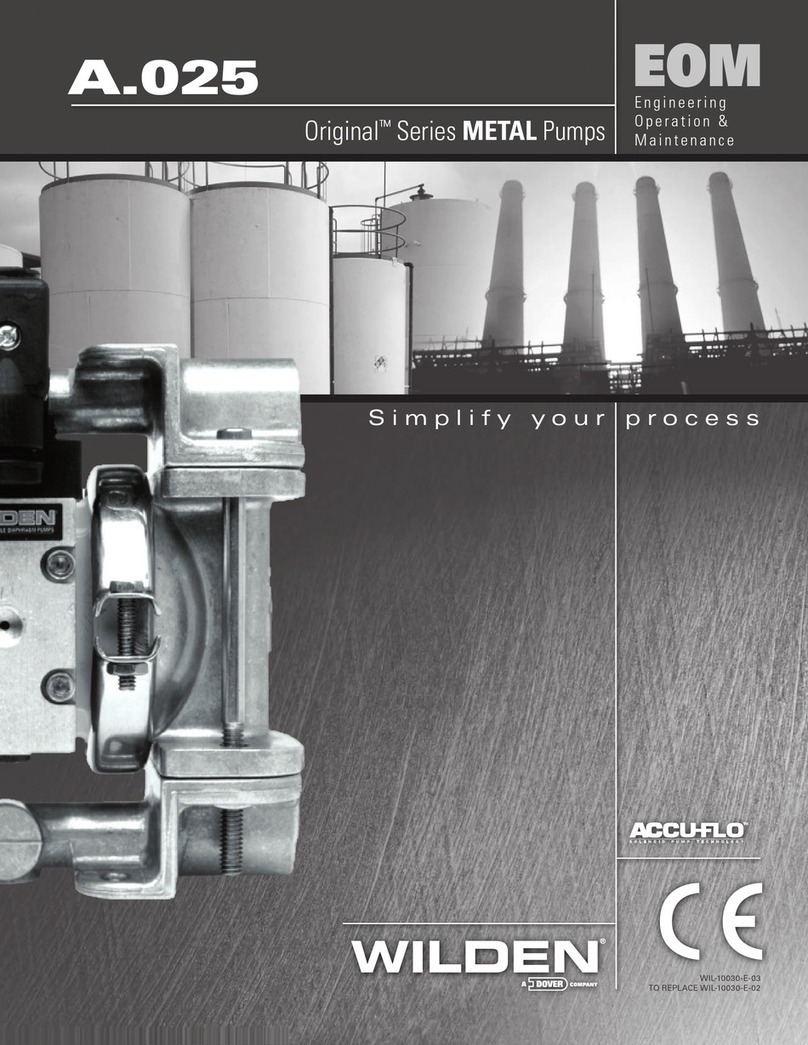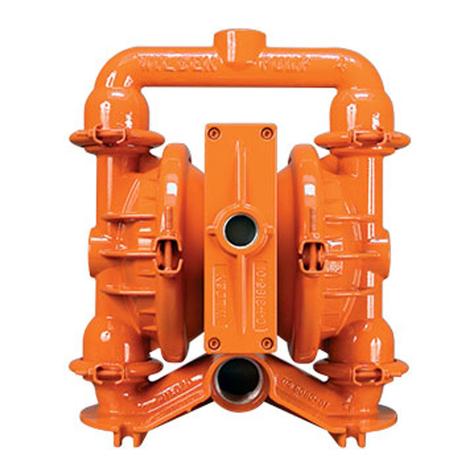Wilden PX1500 Advanced Series Instruction Manual




















Table of contents
Other Wilden Water Pump manuals

Wilden
Wilden Advanced Series Instruction Manual

Wilden
Wilden PS1520 Installation guide

Wilden
Wilden T2 Original Metal User manual
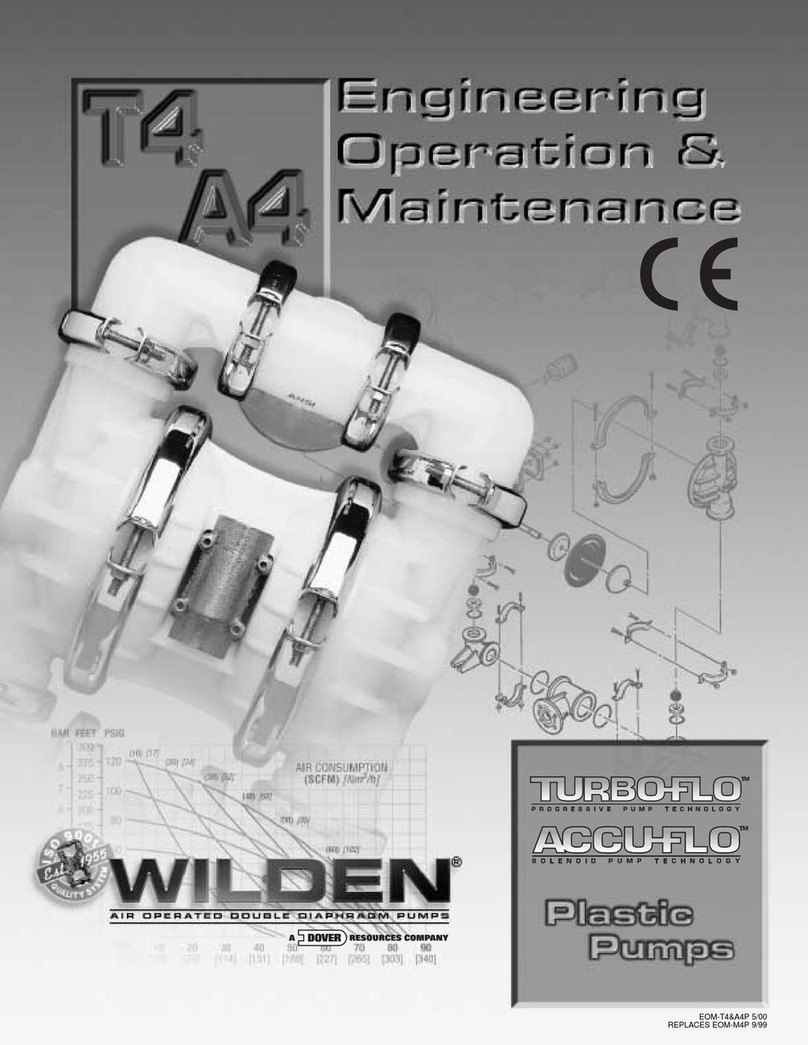
Wilden
Wilden T4 PLASTIC Instruction Manual

Wilden
Wilden P25 Advanced Plastic Series User manual
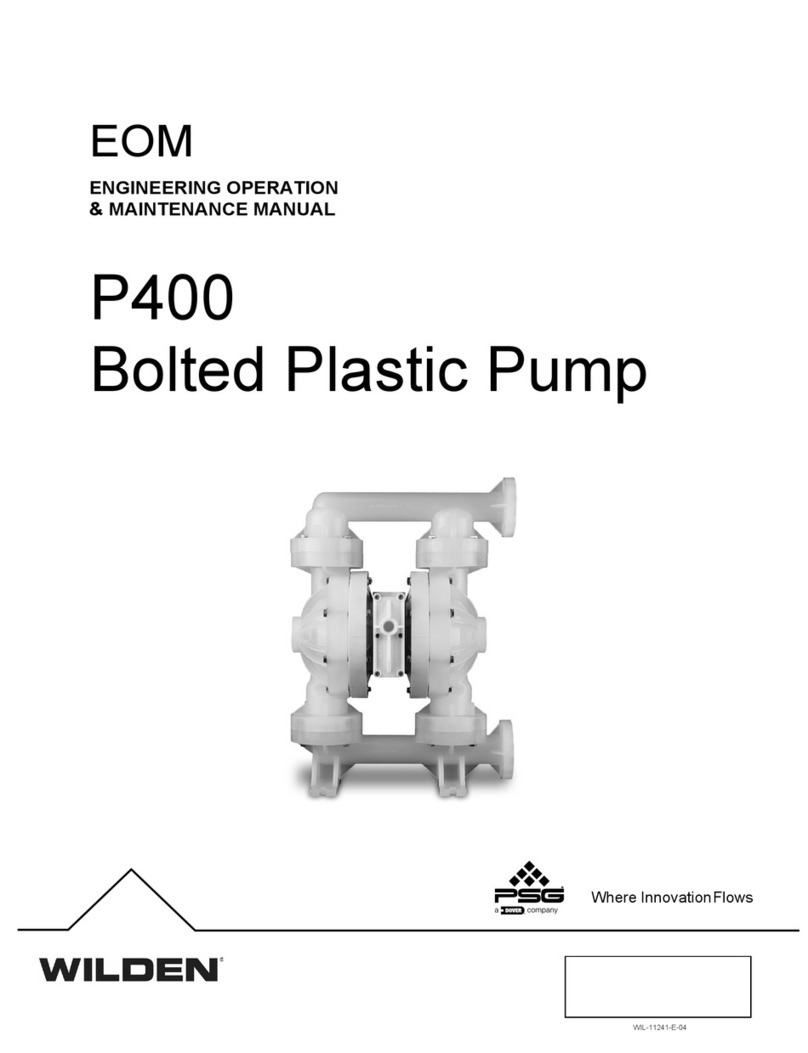
Wilden
Wilden P400 User manual

Wilden
Wilden PS 8 Stallion Metal Instruction Manual

Wilden
Wilden Original Series Troubleshooting guide

Wilden
Wilden P800 Instruction Manual

Wilden
Wilden Turbo-Flo T8 Instruction Manual
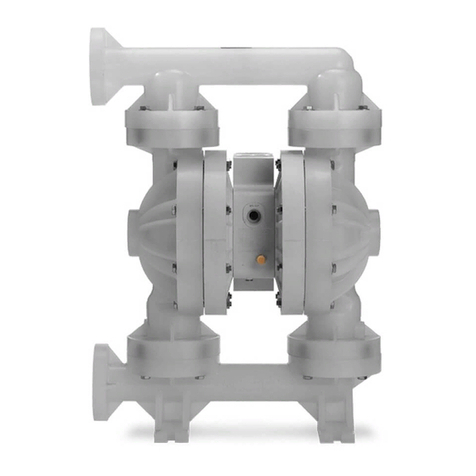
Wilden
Wilden PS400 Instruction Manual

Wilden
Wilden PR460 User manual

Wilden
Wilden Original Series Instruction Manual

Wilden
Wilden P4 series Instruction Manual

Wilden
Wilden H220 Instruction Manual
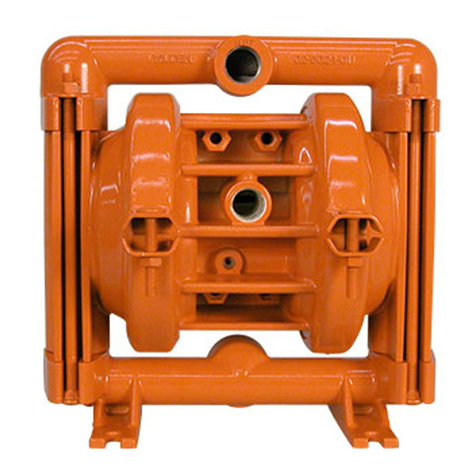
Wilden
Wilden P2 series User manual

Wilden
Wilden P25 Advanced Plastic Series Instruction Manual

Wilden
Wilden SANFLO PX15 Manual

Wilden
Wilden Turbo-Flo T8 Instruction Manual

Wilden
Wilden Saniflo DUS Instruction Manual
Popular Water Pump manuals by other brands
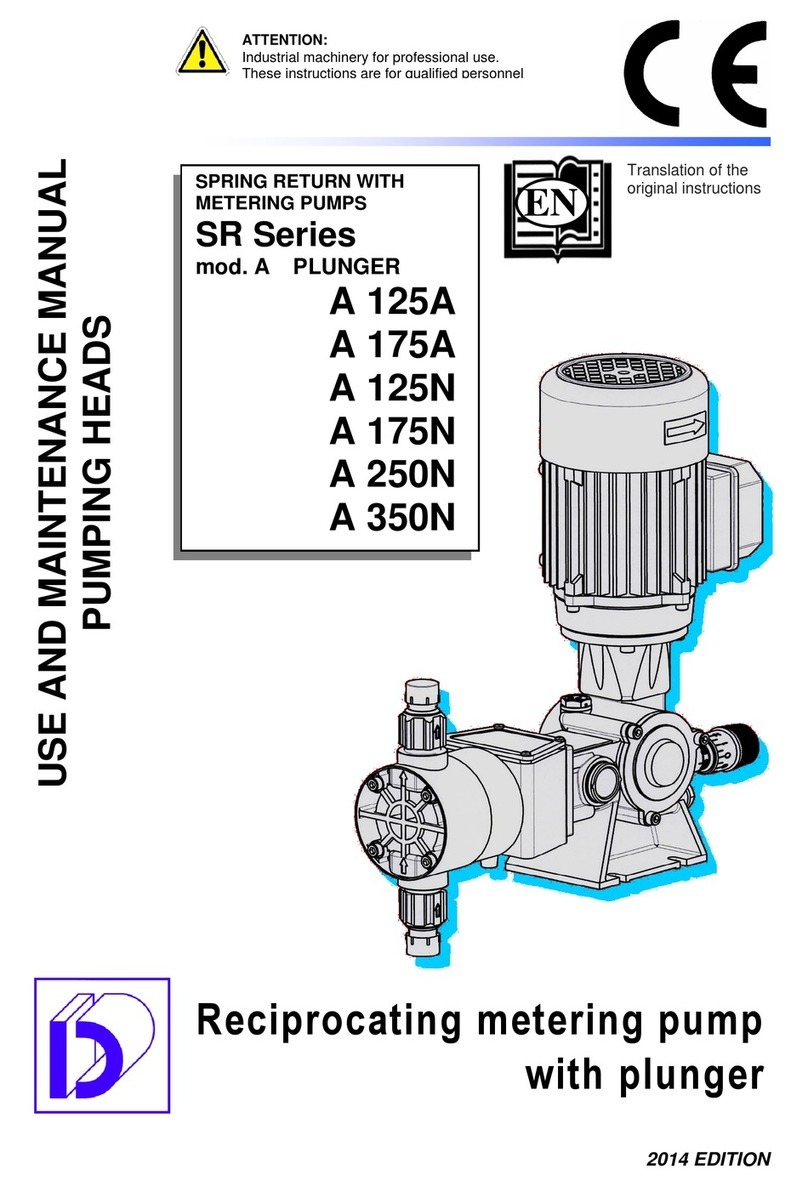
eta
eta SR Series Use and maintenance manual
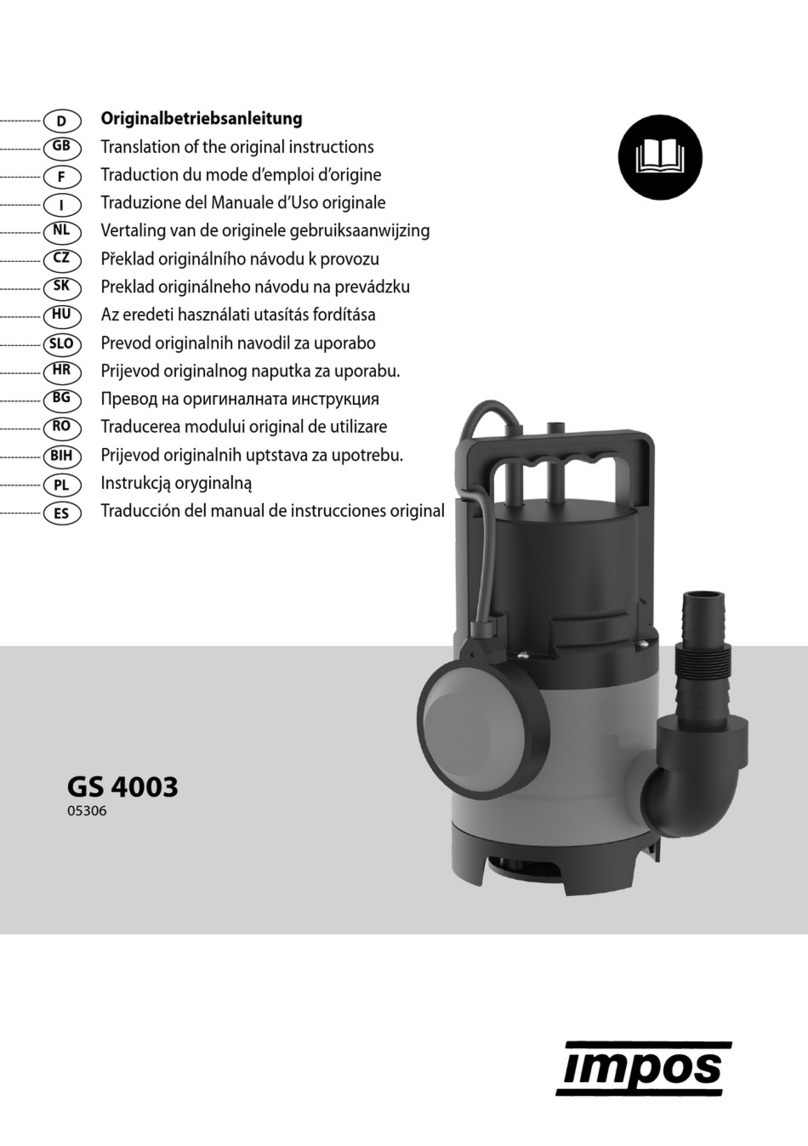
Impos
Impos GS 4003 Translation of the original instructions
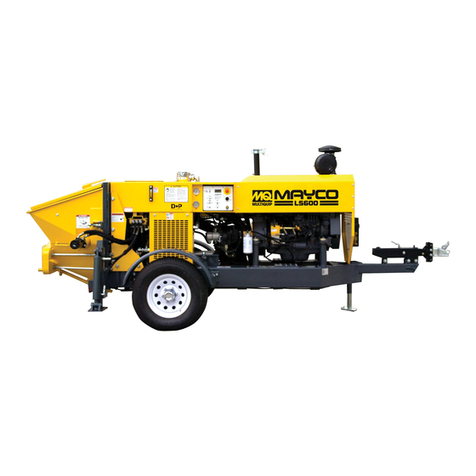
MULTIQUIP
MULTIQUIP LS600P Operation manual
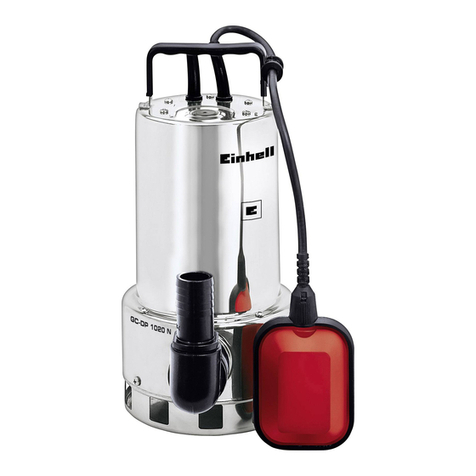
EINHELL
EINHELL GC-DP 1020 N Original operating instructions

Warren rupp
Warren rupp WR10 3/8" operating instructions

IWAKI PUMPS
IWAKI PUMPS HRP-54V/H-1 instruction manual

Parkside
Parkside PKZ 180 C5 Translation of the original instructions

AdBlue
AdBlue CDI-H27 user manual
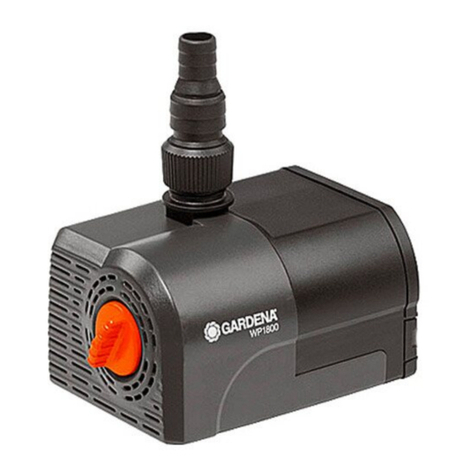
Gardena
Gardena WP 1800 operating instructions

Cablematic
Cablematic PC-24A Operation manual
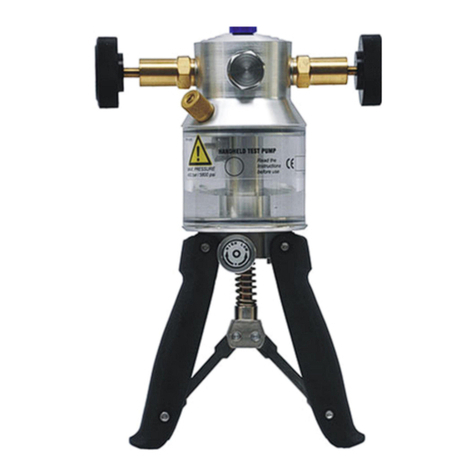
Nagman
Nagman HHP 700 manual
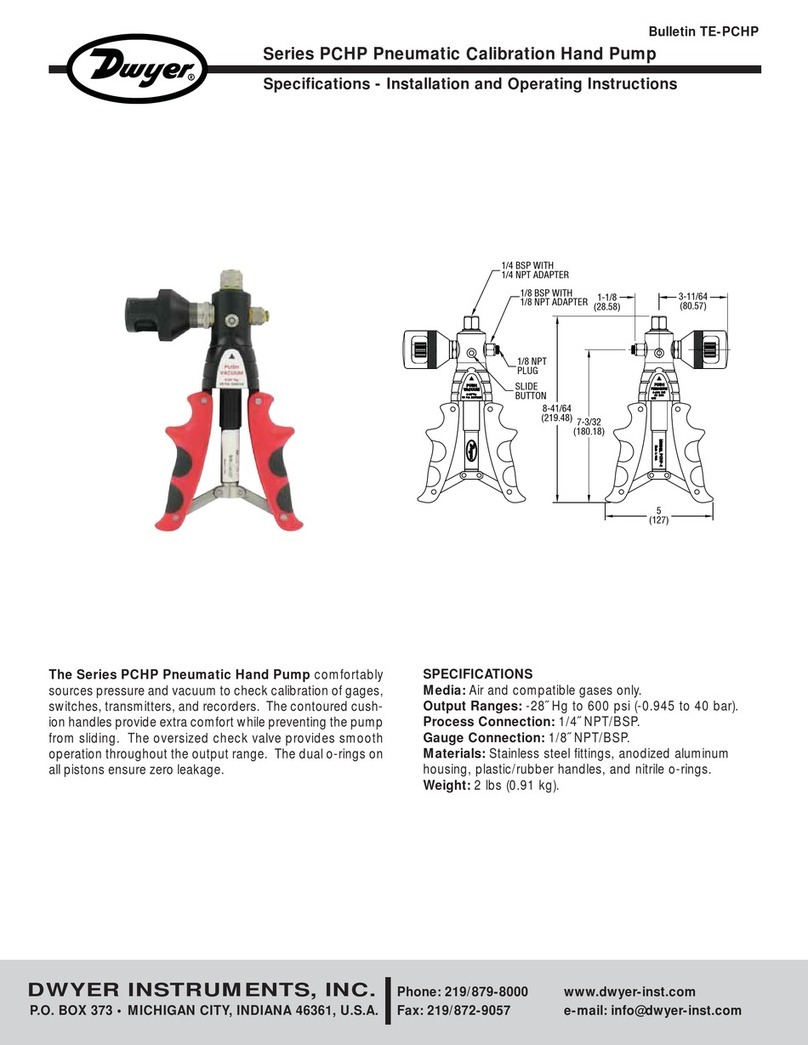
Dwyer Instruments
Dwyer Instruments PCHP Series Installation and operating instructions

Zoeller
Zoeller AQUANOT 508 Fit installation instructions

North Ridge Pumps
North Ridge Pumps KRAL DKB Series operating instructions
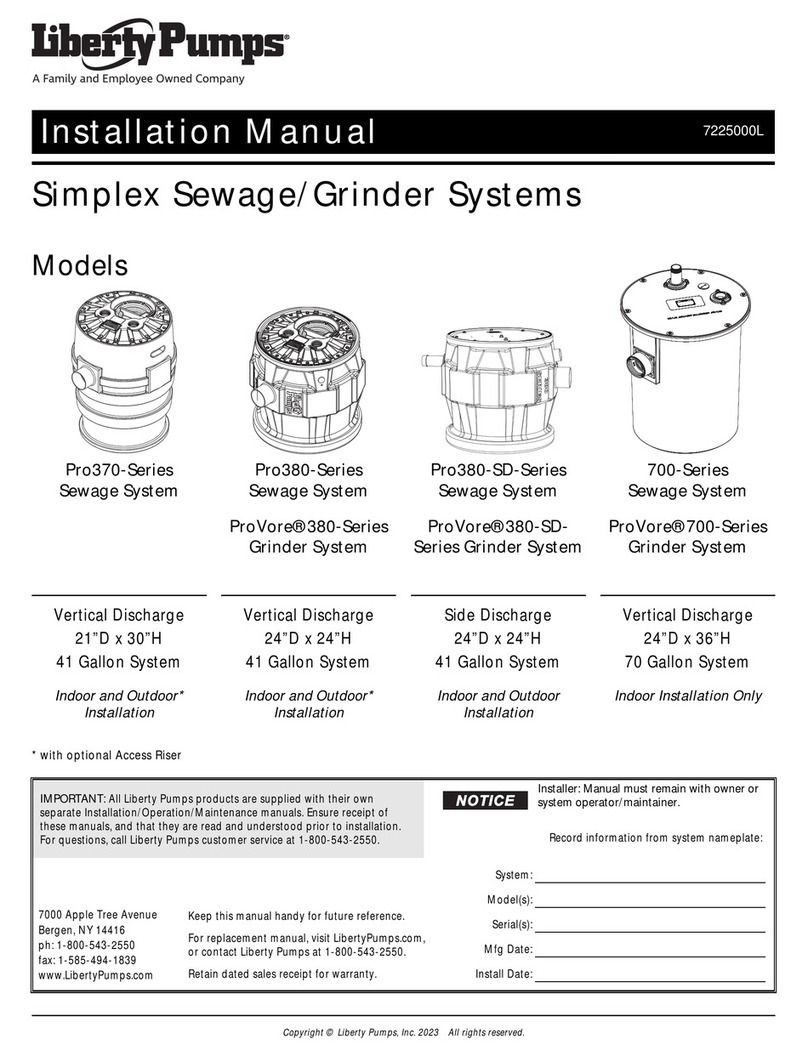
Liberty Pumps
Liberty Pumps Pro380 Series installation manual
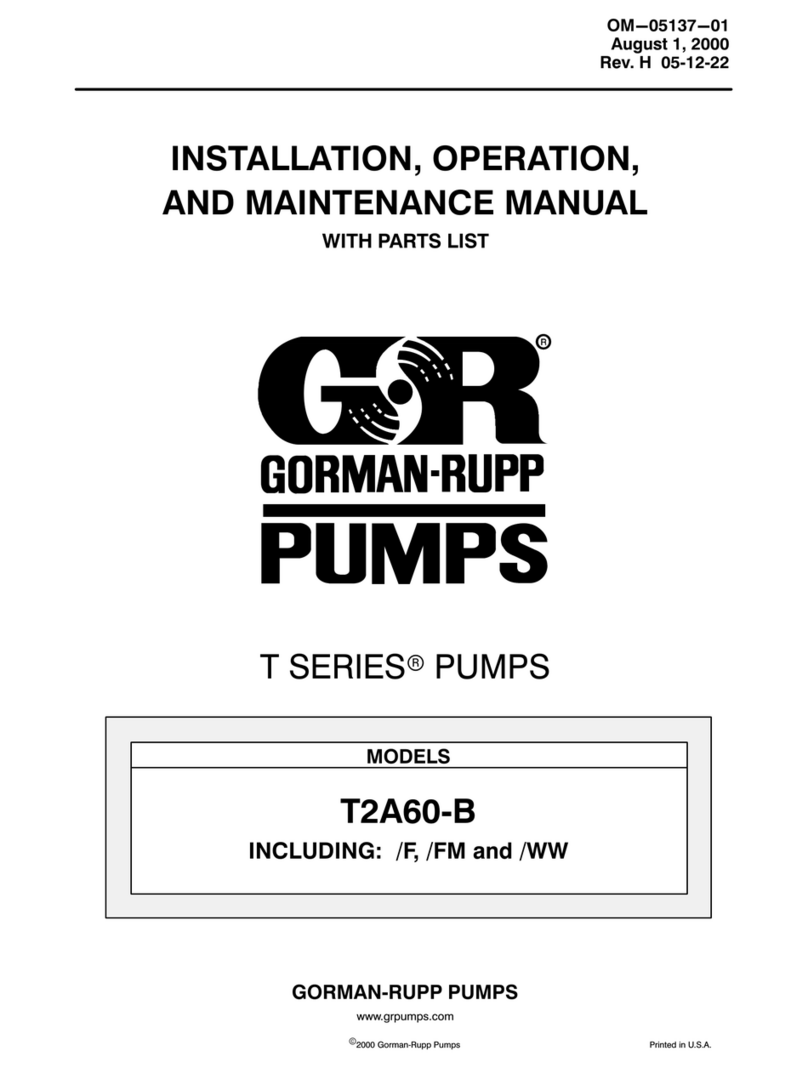
GORMAN-RUPP PUMPS
GORMAN-RUPP PUMPS T2A60 B Installation, operation, and maintenance manual with parts list
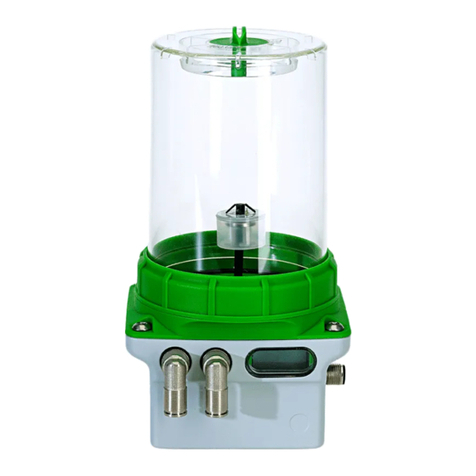
TriboServ
TriboServ FlexxPump4 BXXX-EXT Supplementary sheet
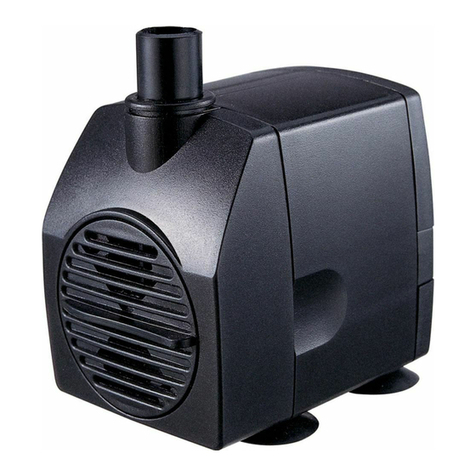
PondXpert
PondXpert FeatureFlow PXFEAT0350B instructions
